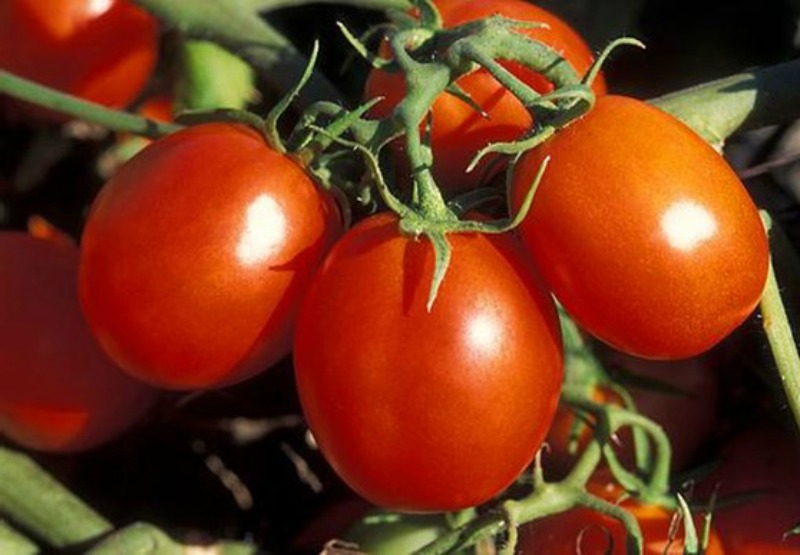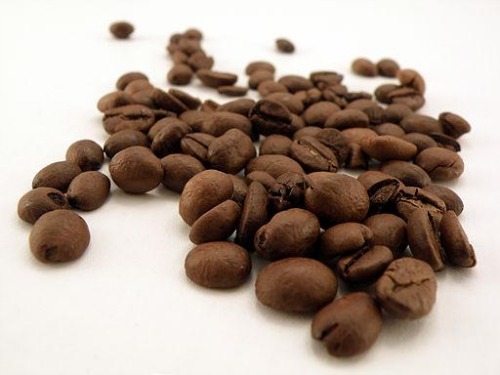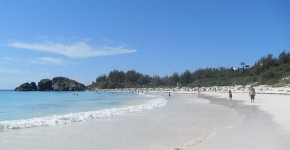Natural Treatments for Various Sickness That You May Experience When Travelling
When traveling, you need to take extra good care of your health since you become more prone to sickness. The change in temperature, new environment and the foods that you take may cause you to get sick. While you can always go to the doctor for a check-up or purchase over the counter medication to feel better, there are also natural remedies that you can try.
Aloe Vera
Aloe Vera is known to be beneficial for the skin and hair. This is why it’s a popular ingredient added to soaps and shampoos. You may also get this fresh from the market and use it to treat sunburn. This is perfect for travelers who love going to the beach or visiting places where the temperature is high.
Cut the stem of this plant horizontally in half. You’ll get some pulp, which you can apply to the area with sunburn. If you can’t find an Aloe Vera, you may also use the inside of a banana peel.
Turmeric
This plant is from the Ginger family and it’s commonly found in India. It has several health benefits, including cancer prevention, liver detoxification and depression treatment. Travelers may get cuts and bruises, especially if on an outdoor adventure like mountain climbing and hiking. Turmeric can be mixed with water, honey or milk and applied on the bruises or cuts, as it has antibacterial and antiseptic properties.
Ginger
Feeling dizzy during travel? Boiling ginger with water and drinking it as a tea can help eliminate motion sickness. This is also a good treatment for sore throat, colds and runny nose. If you’re going to a location where it’s too cold, you may experience these conditions and ginger is your bestfriend to feel better again.
Salt
It’s not just used to add flavor to your meals, but it’s also a natural treatment for mouth ulcers. It may hurt a bit to apply directly to your mouth sores, but you’ll feel so much better afterwards. If you can’t take applying salt directly to the affected part, you may also mix it with warm water then gargle using the mixture.
Avocado
This super food can prevent cancer and it can also give the energy you need for the day. It’s not just a delicious fruit that you can add to salads, sandwiches or eat on its own, but it can also serve as an effective sunscreen. Before hitting the beach, apply it all over your body and have fun under the sun without having to worry about your skin.
Coffee
What a great way to start your morning than by drinking a hot cup of coffee. This will wake up your senses so you’re ready to explore your chosen vacation getaway for the whole day. In case you decided to camp or you’re having troubles with insects in the place where you’re staying, put ground coffee in a container and add a lighted match. Aside from its great aroma, it will also serve as an insect repellant.
Tomatoes
We all know that tomatoes are good for the heart and they also help prevent cancer. Did you know that you can also use them to treat insect bites? Apply a slice of tomato on the affected part to alleviate swelling and itching. If you have perspired heavily on a trip, one way to remove perspiration odor is to add two cups of tomato juice in your bath water, then soak in the mixture for around 20 minutes.
Banana
Your holiday trip is supposed to be all fun. However, this is not always the case as you may encounter various problems like delayed flights, heavy traffic, lost baggages, theft and more. Eat some bananas to help relieve stress.
Vinegar
Jellyfish stings can be very painful. Don’t rinse with fresh water or alcohol, as this can make the condition get worse. Instead, combine salt water and vinegar to rinse the affected area. If you don’t have salt nearby, but you have access to sea water, this would do as an alternative.
Yogurt
Yogurt is not just for those who are on a diet. This is also an effective way to treat an upset stomach. It can also be used for the treatment of ulcers.
Keep these foods and ingredients in mind as you might just need them on your next trip. They’re widely available and cheap, so you wouldn’t have problems getting them.
Photo Attribution:
Featured and 1st image byPenny Greb, USDA ARS [Public domain], via Wikimedia Commons
2nd image by Alina Zienowicz (Ala z), e-mail (Own work) [CC-BY-SA-3.0 (http://creativecommons.org/licenses/by-sa/3.0)], via Wikimedia Commons






